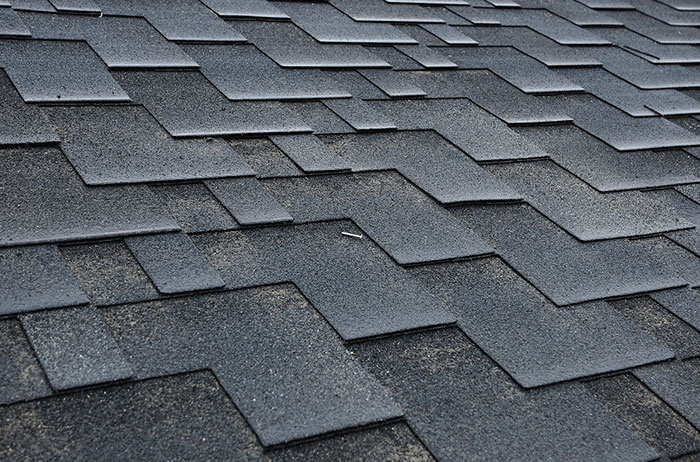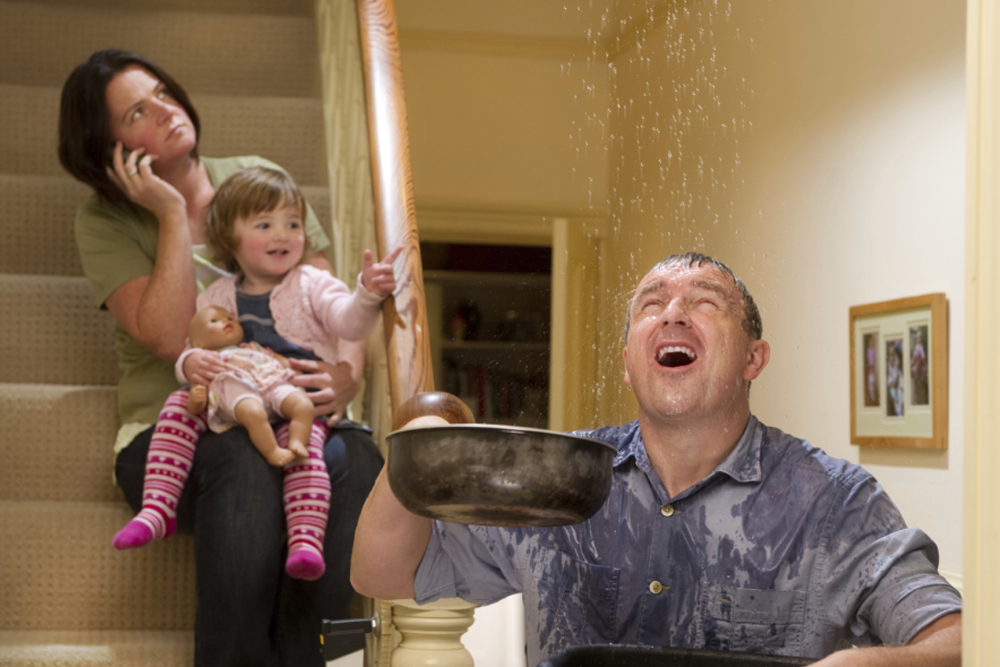Living on the West Coast of Canada, we never go too long without a bit of rain. And with all this rain, we’re bound to discover a leak in our roof at some point. It may start out as a percolating drip, but that drip may soon turn into a trickling stream, spreading a blanket of mold through your insulation and ceilings. Over time, that’s going to turn into rotten framing and sheathing. These are just a few of the many reasons why getting a leaky roof fixed immediately is so important.
Some common warning signs of a leaky roof are curly shingles, broken shingles and areas where water may be pooling on the roof. Checking bedroom ceilings after a heavy rain for any water spotting is always a good idea; it’s what you can’t see under that spotting which could lead to much bigger problems in the future if they’re not taken care of right away. Catching a leaky roof early will save you plenty of money and stress down the road.
It’s a good idea to have a roof contractor inspect your home’s roof at least every four to five years to make sure everything is okay. However, if you’re sure you’ve got a leak, check out the extent of the damage first. If you’ve caught it early enough, some of the repairs which may need to be addressed might include the re-flashing of fireplaces and skylights along with shingle replacement. Remember, roof leaks don’t go away on their own.
So what can you do until help arrives?
- Minimize interior damage by finding the wettest point in the ceiling or the bulge and poke a hole in the middle to help drain the water out and into a bucket below. Allowing the water an exit point will help to minimize the spread of any further water damage or mold.
- Try to locate the point of entry. If possible, start inside the attic if your house has one. Keep in mind that the leak inside the ceiling may not align with the entry point from outside, especially if you have a slanted roof, so try to inspect the area above where the water was found to.
- Maintain the situation, such as a temporary fix, until you are able to get a professional contractor in for repairs. A temporary fix might include things like roofing cement, roofing tape or a tarp. Tarping is a quick and easy fix for difficult leaks, a good rule of thumb is to make sure that you leave at least an extra four feet of tarp on each side of the damage to make sure that you have adequate coverage. You can staple or nail the tarp the roof, but make sure that you don’t use nails which are so long that they end up going through your roof.



